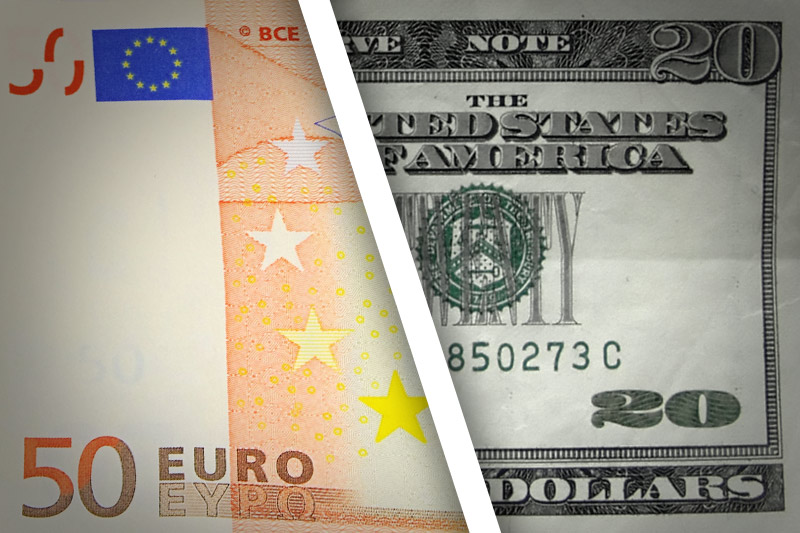Investing.com - The euro remained lower against the U.S. dollar on Wednesday, after weak data out of the euro zone fuelled concerns over the worsening economic outlook for the region.
EUR/USD hit 1.2921 during European afternoon trade, the pair’s lowest since October 15; the pair subsequently consolidated at 1.2949, down 0.28%.
The pair was likely to find support at 1.2834, the low of October 10 and resistance at 1.2996, the session high.
The euro weakened broadly after data showed that the flash euro zone manufacturing purchasing managers’ index fell to 45.3 in October from a final reading of 46.1 in September. Analysts had expected the index to ease up to 46.6 in October.
A separate report showed that the euro zone’s service’s PMI inched up to 46.2 in October from 46.1 last month.
Germany’s flash manufacturing PMI fell to 45.7 in October, from a final reading of 47.4 in September, adding to concerns over the outlook for the bloc’s largest economy.
Elsewhere, a report by German research institute Ifo showed that its closely watched business climate index deteriorated to its lowest level since March 2010 this month.
The euro was lower against the pound and the yen, with EUR/GBP down 0.69% to 0.8085 and EUR/JPY falling 0.32% to 103.35.
Later Wednesday, European Central Bank President Mario Draghi was to attend a meeting in Germany’s central bank, which was to be followed by a press conference.
Meanwhile, the Federal Reserve was to announce its benchmark interest rate and release its first monetary policy statement since the central bank announced a third round of quantitative easing in September. The U.S. was to release official data on new home sales.
EUR/USD hit 1.2921 during European afternoon trade, the pair’s lowest since October 15; the pair subsequently consolidated at 1.2949, down 0.28%.
The pair was likely to find support at 1.2834, the low of October 10 and resistance at 1.2996, the session high.
The euro weakened broadly after data showed that the flash euro zone manufacturing purchasing managers’ index fell to 45.3 in October from a final reading of 46.1 in September. Analysts had expected the index to ease up to 46.6 in October.
A separate report showed that the euro zone’s service’s PMI inched up to 46.2 in October from 46.1 last month.
Germany’s flash manufacturing PMI fell to 45.7 in October, from a final reading of 47.4 in September, adding to concerns over the outlook for the bloc’s largest economy.
Elsewhere, a report by German research institute Ifo showed that its closely watched business climate index deteriorated to its lowest level since March 2010 this month.
The euro was lower against the pound and the yen, with EUR/GBP down 0.69% to 0.8085 and EUR/JPY falling 0.32% to 103.35.
Later Wednesday, European Central Bank President Mario Draghi was to attend a meeting in Germany’s central bank, which was to be followed by a press conference.
Meanwhile, the Federal Reserve was to announce its benchmark interest rate and release its first monetary policy statement since the central bank announced a third round of quantitative easing in September. The U.S. was to release official data on new home sales.
